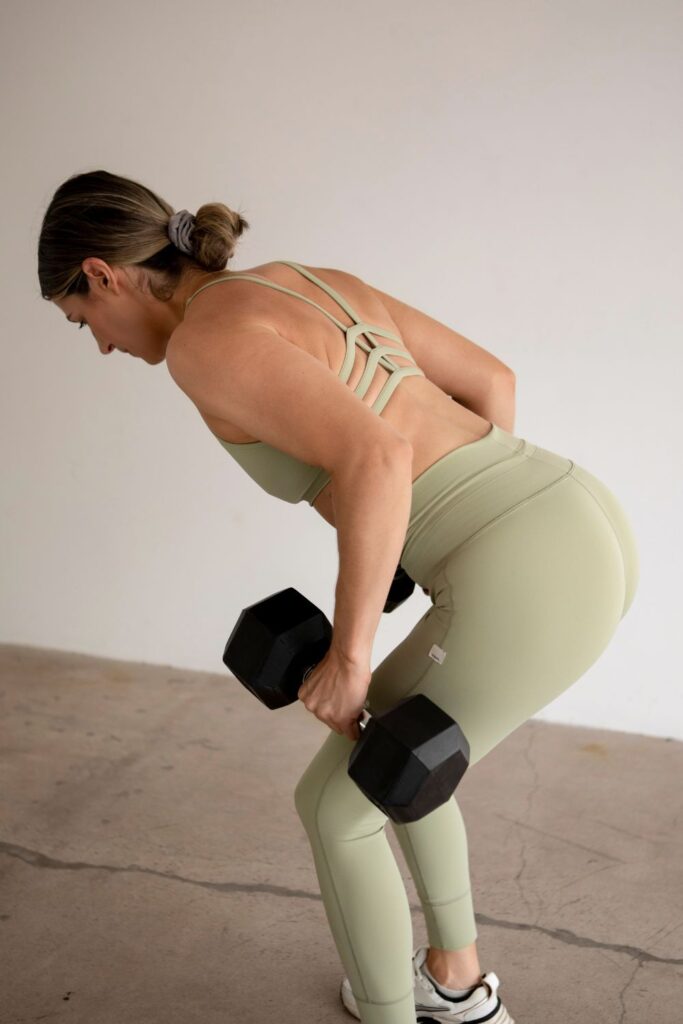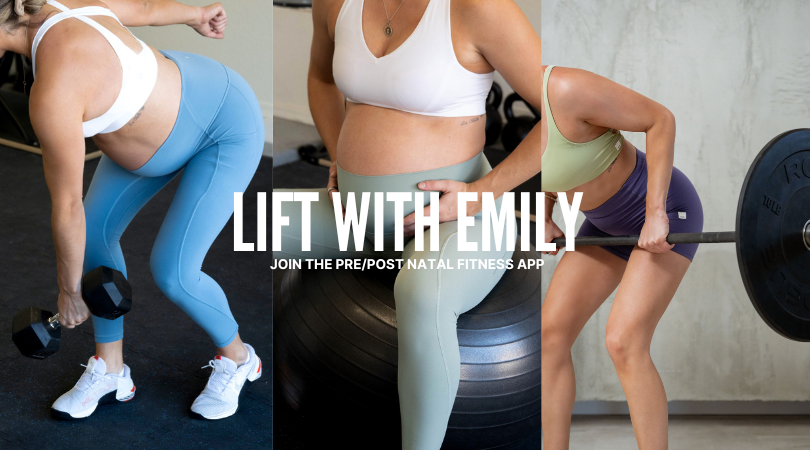
If you’ve ever struggled to “connect” your core or feel restricted through your ribs when you breathe, your lats might be part of the story.
The lats (latissimus dorsi) connect your upper body to your pelvis. They attach from the upper arm into the thoracolumbar fascia — a thick connective tissue that also links to your glutes and deep core. This means your lats are directly involved in how your body manages pressure, transfers force, and supports movement.
When they’re short, tight, or overactive, the ribs can’t move freely. You might see:
- Rib flare or ribs that stay “stuck” open
- Upper-ab gripping as the body searches for stability
- Limited overhead mobility
- Or a sense of tension through the mid-back or lower ribs when breathing
Freeing the lats isn’t about stretching for the sake of flexibility — it’s about restoring their relationship with the ribcage, breath, and core. When they can lengthen and contract fluidly, your ribs expand more evenly, your diaphragm can descend fully, and your pelvic floor can coordinate naturally.
How the Lats Affect Breath, Core, and Pelvic Floor
The lats are part of your breathing and stabilising system, not just a pulling muscle.
During inhale, the diaphragm descends, the ribs expand, and the lats should lengthen slightly to allow the back and sides of the ribcage to open.
During exhale, they help guide the ribs back toward centre — supporting a controlled return to neutral.
When the lats lose this rhythm, the ribs can struggle to move well with your breath. Over time this affects how pressure is distributed through the trunk — which can show up as core disconnection, back tightness, or pelvic floor tension.
By improving how the lats move with your breath, you re-establish the connection between your ribs, core, and pelvis — the foundation for strength and stability postpartum and beyond.
The Three-Part Approach
Before jumping into drills, it’s important to understand the goal of each stage.
To restore optimal function through the lats and ribcage, you need mobility → integration → strength.
1. Mobility creates length and space — freeing restricted tissue and allowing the ribs to expand.
2. Integration reconnects the lats with breath, core, and pelvic control.
3. Strength builds resilience and the ability to maintain that control under load.
The exercises below move through these stages — from breath-based mobility work to loaded integration and strength.
1. Mobility | Create Space to Breathe
Before improving strength, you need to create space. These drills target the lats, ribs, and lateral line to restore mobility and expansion.
TRX Lateral Line Stretch
This dynamic stretch targets the entire side body — from the shoulder and lat down to the hip. By holding the TRX and leaning into a side stretch, you open the ribs, intercostals, and fascia that can become short and bound from tension or one-sided dominance.
Why it matters: Improving lateral expansion helps restore 360° breathing, allowing the diaphragm to descend and the ribs to move freely with each inhale. It’s a perfect reset before strength work or after upper body sessions.
Banded Lat Stretch to Banded Row
Anchoring a band overhead and moving between a stretch and a row teaches the body to lengthen and contract the lats through breath.
Why it matters: Most people can’t access full rib expansion because they’ve lost the ability to move through these two phases — inhale (expand and lengthen) → exhale (compress and stabilise). This drill retrains that cycle, linking mobility and control through the lat and core systems.
Rockback Breathing with Diagonal Reach
This quadruped variation lengthens the lats, obliques, and back body while promoting posterior and lateral rib expansion. The diagonal reach encourages gentle rotation, helping one side of the ribcage expand while using a ball to compress and further that expansion.
Why it matters: It restores the natural alternating motion of the ribs and teaches the body to access air into the back — something that’s often lost with belly or chest-dominant breathing.
2. Integration | Reconnect Lats, Ribs, and Core
Once mobility is restored, it’s time to retrain your lats to move with your core and breath. Integration drills combine movement, load, and alignment to reconnect your upper and lower systems.
Shorted Seated Lat Pulldown with Reach/Rotation
Reaching and rotating through one side while pulling with the other creates expansion and tension in opposite directions — teaching your ribs and lats to move with your breath, improving thoracic rotation.
Why it matters:
This variation links breath, rib mobility, and lat control. The rotation helps open the lateral line and restore movement through the ribs and thoracic spine, while the pulldown strengthens your ability to stabilise and pressurise from the back body — key for balanced core coordination and full-body strength.
90/90 Hold Off Bench with Kettlebell Pullover + Pause
This position reinforces a stacked pelvis and ribcage while challenging the lats eccentrically as the weight moves overhead.
Why it matters: The KB pullover improves your ability to control rib movement against load — preventing ribs from flaring as the arms move overhead. It also strengthens the lats in their lengthened position, helping integrate mobility into functional strength. A favourite!
3. Strength | Build Control Under Load
Mobility and integration set the stage, but strength is what locks the new movement pattern in. These exercises teach your lats to generate power while maintaining breathing mechanics and rib control.
Dead Hang
Hanging allows the lats to lengthen under tension while decompressing the ribs and spine. By breathing into your sides and back, you teach your body to expand under load — an often overlooked skill.
Why it matters: This builds grip, shoulder stability, and true overhead mobility while improving breathing mechanics. It’s a dynamic way to balance strength with decompression. Sharing a modified and more beginner friendly variation below.
Straight-Arm Pulldown
This pairing trains your ability to transition between expansion and control. Exhale as you pull down (engage the lats and ribs), then inhale as you reach overhead (expand and lengthen).
Why it matters: This cyclical movement mimics how your system should manage pressure during lifting, breathing, and overhead work — improving rib mobility and functional core coordination.
Single-Arm Dumbbell Row with Reach
By adding a reach or gentle rotation at the end of each row, you’re not just building pulling strength — you’re teaching your lats to move through full range while maintaining rib control.
Why it matters: This trains your ability to stabilise one side while the other moves — crucial for rotational control, gait, and restoring balanced movement postpartum.
Key Takeaway
Your lats are more than back muscles — they’re an integral part of the system that connects your ribs, breath, and pelvis. When they move well, you unlock better rib mobility, improved core coordination, and a more responsive pelvic floor.
Free your lats → free your ribs → free your breath.
And when your breath moves freely, your whole system works better — stronger, more connected, and more adaptable to load.

I’m deeply passionate about helping women feel strong, informed, and confident through every stage of motherhood. You deserve more than just a list of do’s and don’ts or generic modifications. With years of hands-on coaching across all kinds of athletes and clients, I blend real-world experience with specialized pre and postnatal knowledge to create strength programs that go far beyond basic adjustments. This is high-level, accessible training - built for your body, your season, and your goals
EXPLORE MORE POSTS